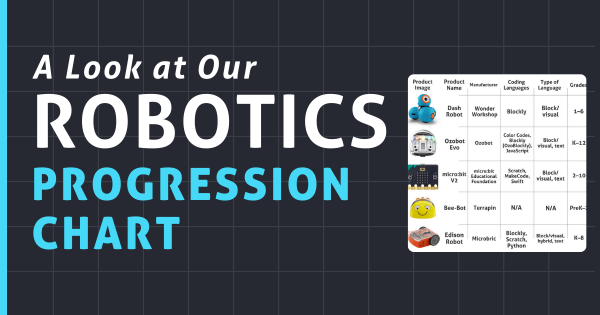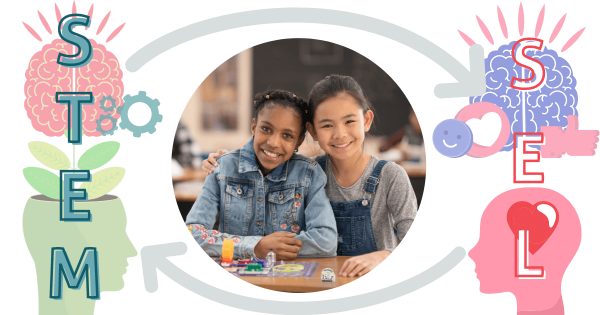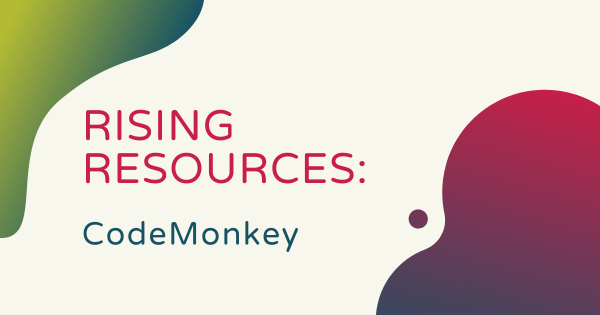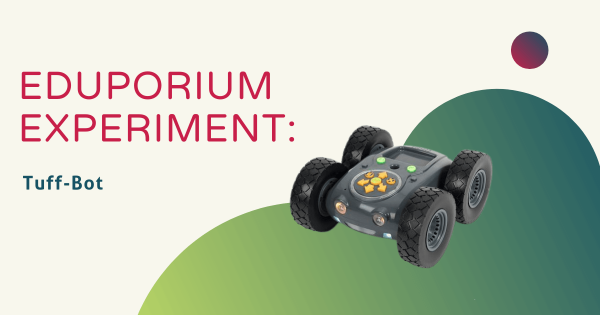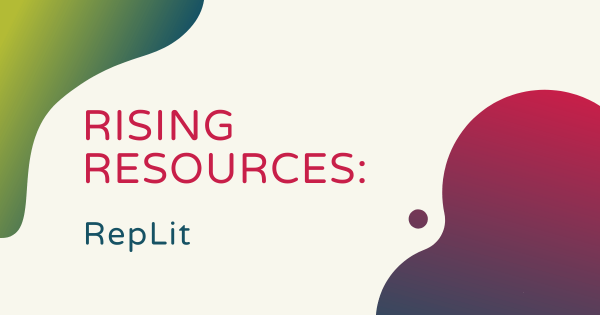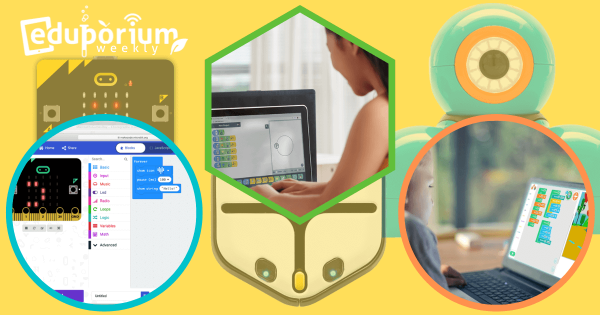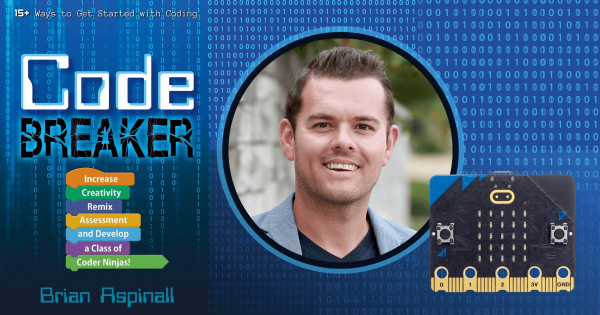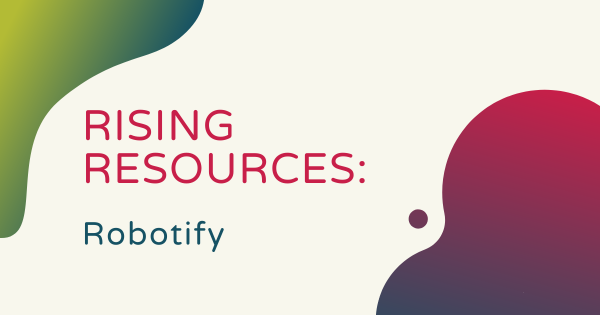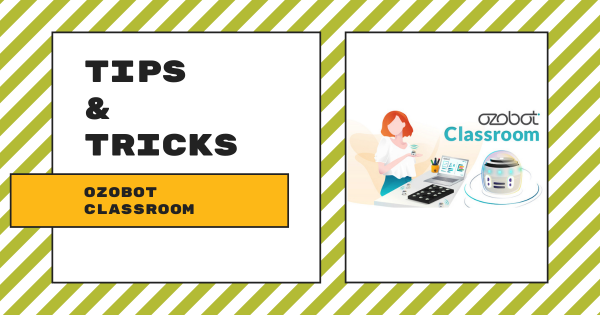A large percentage of parents and K–12 teachers are aware that computer science and STEM education can impact children starting at a very young age. They may not, however, have all the key information when it comes to how to facilitate these learning experiences. From kindergarten up through high school, these robotics tools help kids progressively develop CS skills.
CS for All
The CS for All movement has sparked a transformation for education, revolutionizing how children learn, think, and engage with technology. It calls for comprehensive computer science education at all levels, from kindergarten to high school, and has helped to democratize opportunities for learning vital digital skills, empowering children with all backgrounds to thrive in the digital age. One profound impact of the CS for All movement is its role in fostering computational thinking skills in kids. By integrating CS concepts into the curriculum, students are not just learning to code. They'll also develop problem-solving abilities, logical reasoning skills, and creativity, which are each applicable across disciplines. These skills lay the groundwork for future success in various fields, from STEM careers to arts and humanities. Plus, this movement plays a key role in addressing equity and diversity in STEM education.
-
Eduporium Weekly | Ideas For Expanding Coding Education
All indications are that coding competencies will continue to open up many promising professional opportunities for today’s students. Coding’s not the only skill that will separate them, however, as we see how soft skills remain equally important but, based on what we see from the workforce, students who build up their coding skills won’t be learning something outdated. -
STEM And SEL In Classrooms: Exploring The Relationship
Starting with teaching skills like creative problem solving, persistence, and collaboration, merging these two key elements of education can really help students learn to enjoy the productive struggles they’ll likely face in a tech-driven world. So, we’re exploring how teachers can combine SEL, EdTech, and the right attitudes to help kids become well-rounded problem solvers. -
Rising Resources | Code In Any Context With CodeMonkey
CodeMonkey is a super dynamic platform for kids, parents, and educators who have any amount of prior programming experience to develop critical coding and STEM skills. With interactive games on a variety of relevant CS topics, a wealth of teaching resources, and its cool program-sharing social feature, CodeMonkey makes the perfect addition to any STEM classroom. -
Eduporium Experiment | Tuff-Bot Robot From Terrapin
When it comes to both programming and power, the Tuff–Bot is among the most powerful educational robotics tools. It has four oversized wheels with high-quality tread that allow it to travel over a variety of indoor and outdoor surfaces. And, though it is similar to the Bee–Bot and Blue–Bot Robots, a key difference is that students can create much more -
Rising Resources | Learn Coding With RepLit
Students can access the RepLit coding platform directly from the browsers they prefer. It is free, intuitive, and helps unlock collaborative programming projects in real time. With efficiency a top priority, there’s no setup process required to use RepLit and all students need is a computer or laptop along with an Internet connection to start exploring real text coding. -
Eduporium Weekly | Keeping Your Coding Going At Home
For the bulk of 2020 and 2021, learning—and STEAM lessons—happened largely online and, though many children are digital natives, navigating this era of education created plenty of new and unique challenges. Now, as we strive to ensure hands-on STEAM experiences are always accessible, kids can code almost anywhere with these tools, which is key for the summer. -
Brian Aspinall: The Educator Behind Code Breaker and More
Brian’s mission is to help all educators get comfortable with using more technology in their instruction—specifically technology tools that help students develop relevant skills. By sharing insights and focusing on how problem-solving technology fits into education, Brian’s community has grown, especially with his Code Breaker and Block Breaker books. -
Rising Resources | Robotify and Virtual Robots
Since many students missed out on furthering their computer science development during the pandemic, online coding environments began booming as educators looked for alternative options to ensure they didn’t fully lose the skills they’d developed from previous experiences. One of those online coding tools is Robotify and it’s this week’s Rising Resource! -
Tips & Tricks | Ozobot Classroom Software
Recent updates to the Ozobot Classroom platform have seen it evolve to today’s teaching and learning. It’s completely web-based, making it easy to access and it’s very intuitive for educators without a lot of prior coding experience. Essentially, it helps simplify class setup with easy features for assigning lessons and helps generate insights on student progress.




